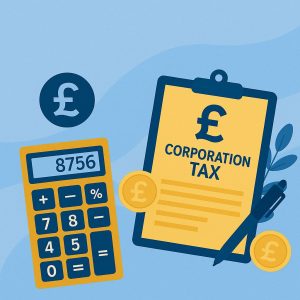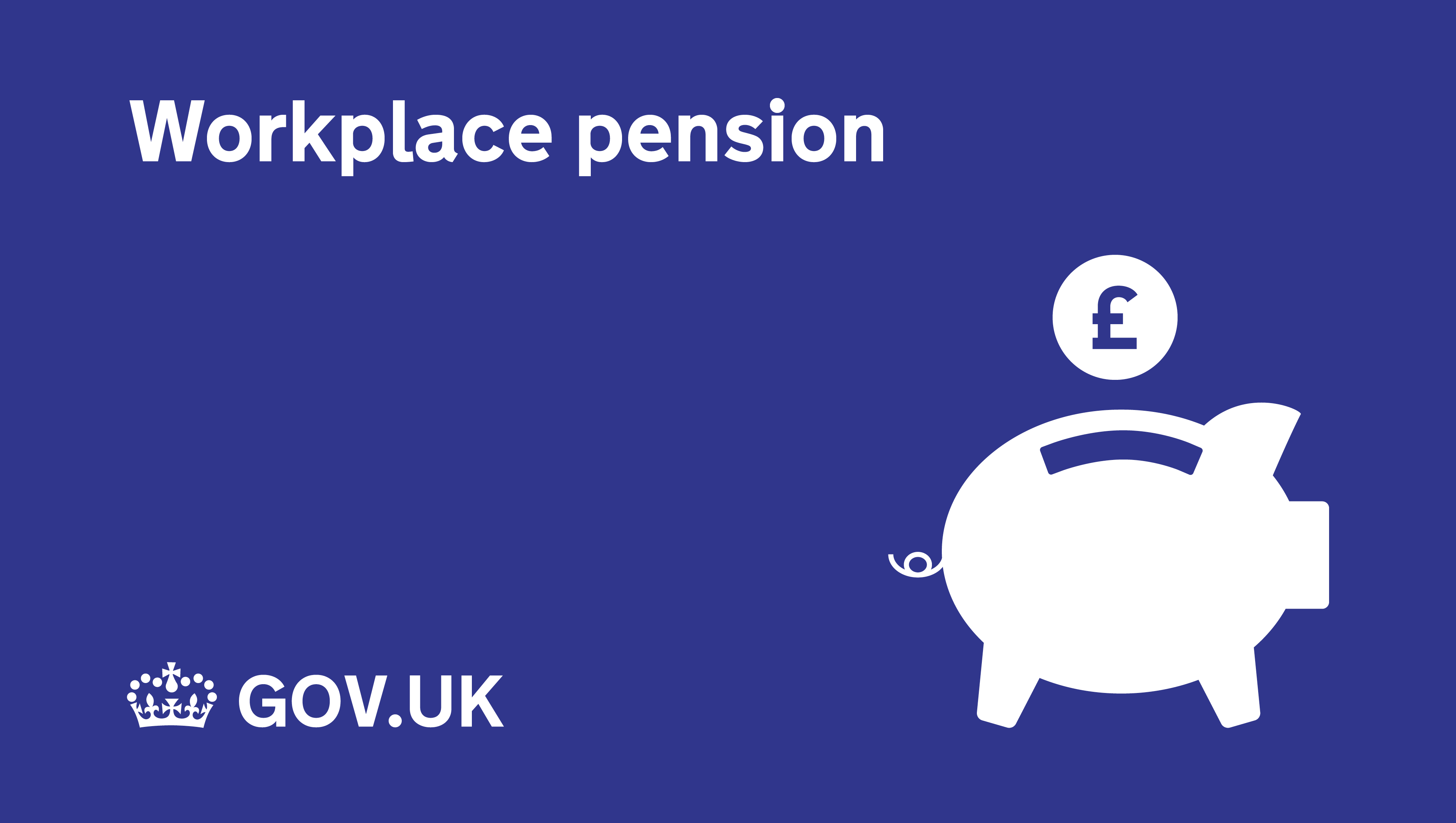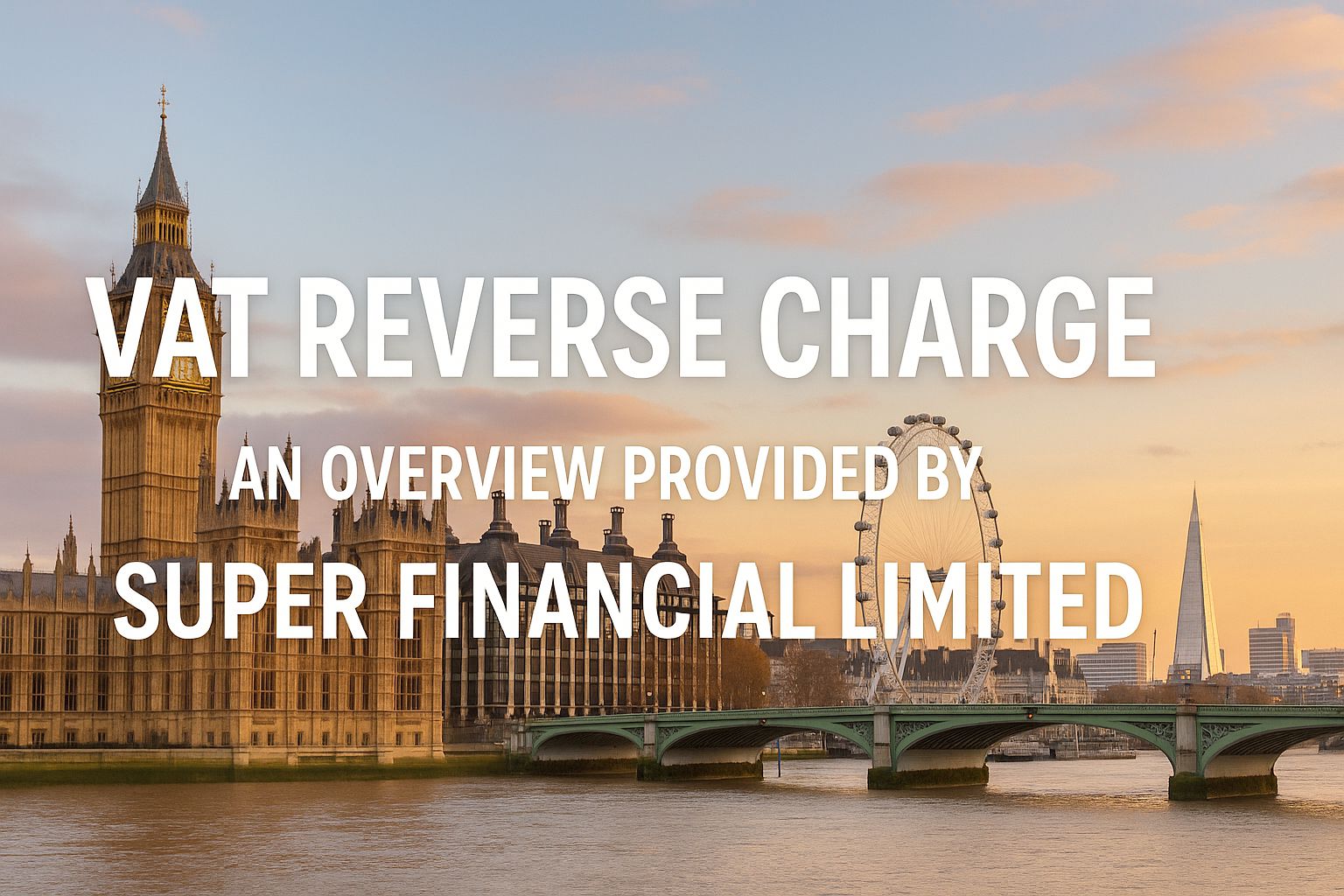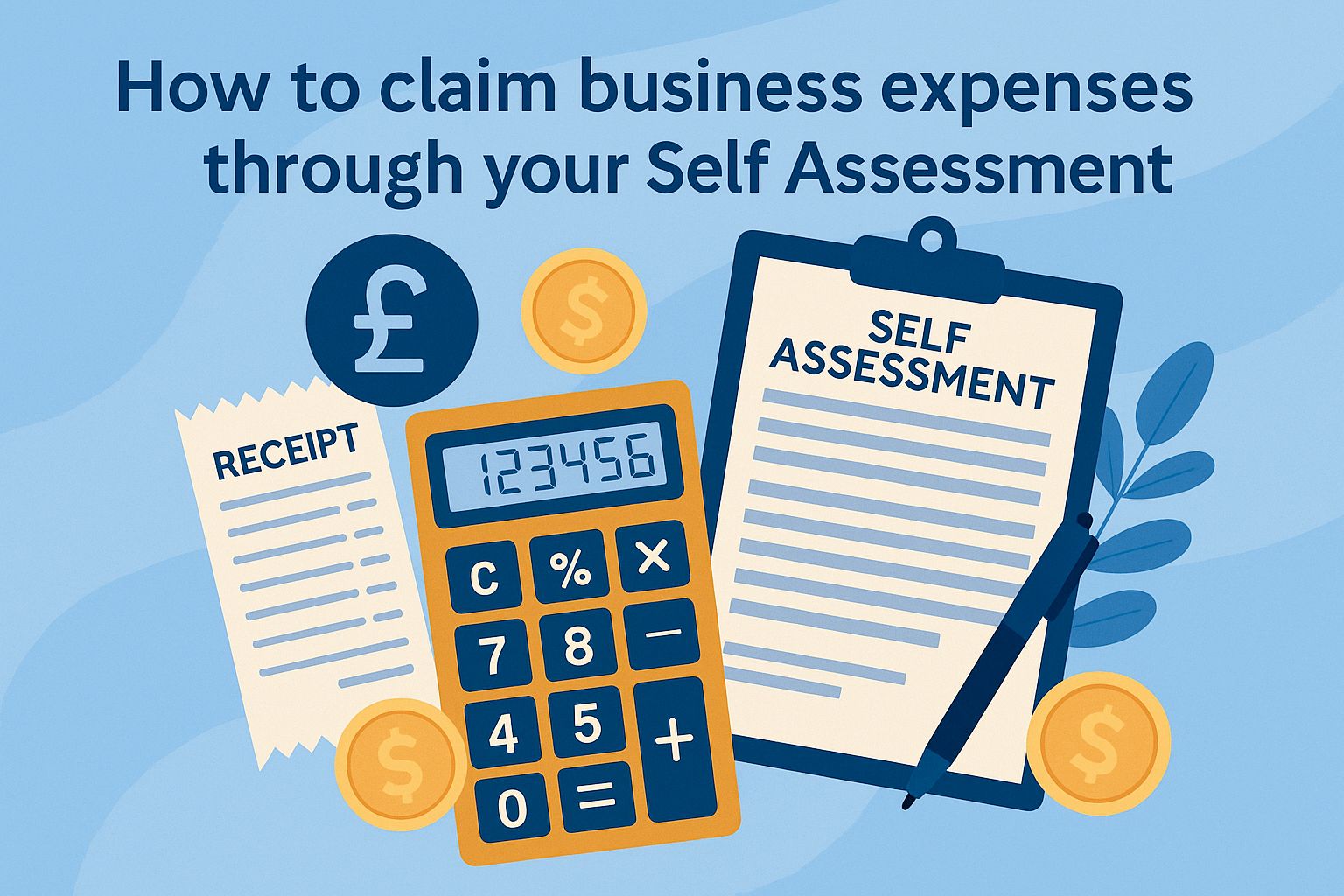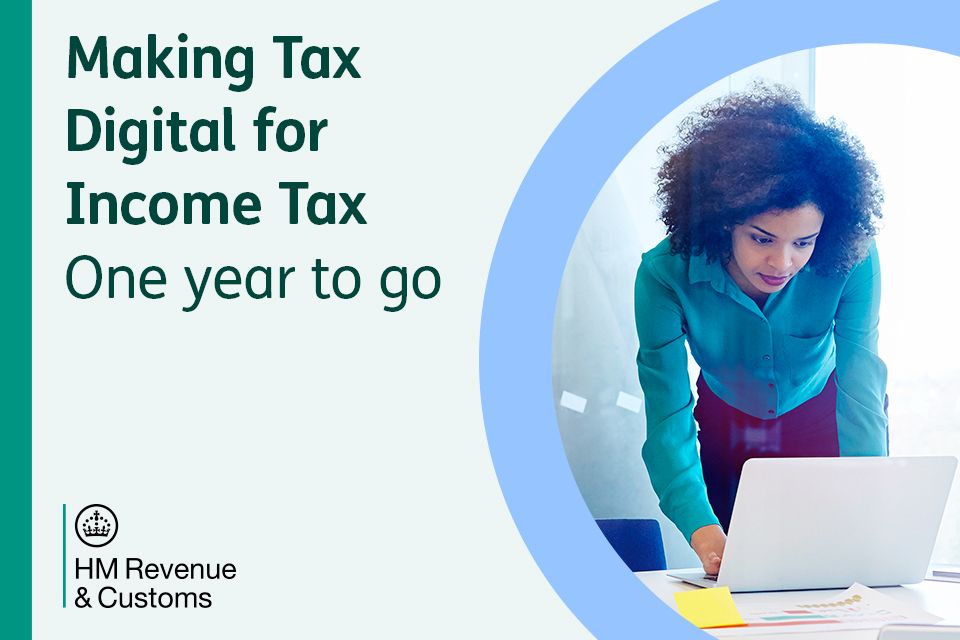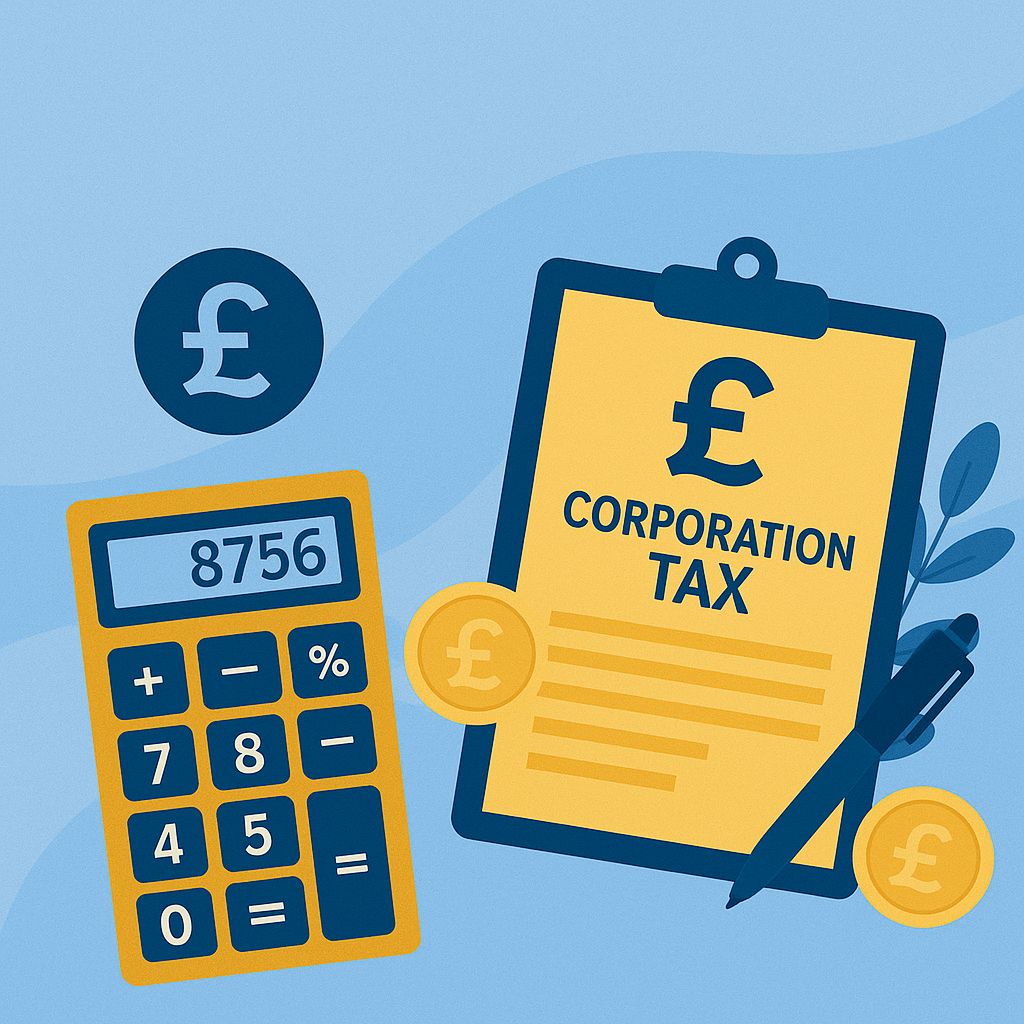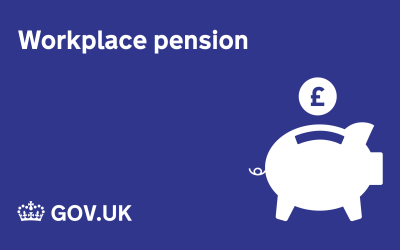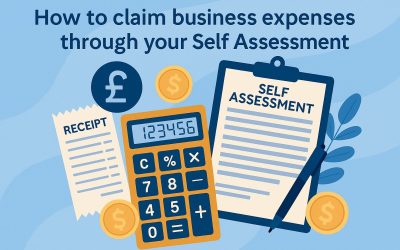A Simple Guide to UK Corporation Tax for Small Businesses (And How to Claim Loss Relief)
Running a small business in the UK? Then understanding corporation tax is super important. It’s one of those legal things you need to get right as a limited company — but it’s not just about ticking boxes. Knowing how corporation tax works can actually help you save money, especially if you’re dealing with tricky years or losses. If this is your first time filing or you want to make sure you’re using all the reliefs you’re entitled to, this guide breaks it down in plain English.
What Exactly Is Corporation Tax?
Corporation tax is the tax your company pays on the profits it makes. That includes money from:
- Your trading activities (selling products or services)
- Investments your company holds
- Capital gains, like if you sell property or equipment for more than you paid
Unlike personal tax, there’s no “tax-free allowance” for companies—you pay tax on every penny of profit.
How Much Corporation Tax Will You Pay?
For the 2025/26 tax year, the rates are applied based on your profits:
- 19% on profits up to £50,000
- 25% on profits over £250,000
- If your profits fall between £50,000 and £250,000, marginal relief applies—this basically smooths the tax rate between the two thresholds
So, if your business is small and your profits are modest, you’ll most likely be paying the 19% rate.
When Do You Need to File and Pay?
You need to submit your Company Tax Return (called a CT600) within 12 months after your accounting period ends. But here’s the catch: you have to pay your corporation tax within 9 months and 1 day after your financial year finishes.
Missing these deadlines can land you with penalties, so keeping organized is key.
What If Your Business Makes a Loss?
No one wants to lose money, but it happens — and thankfully, UK tax rules have some helpful options if your business runs at a loss:
- Carry Forward Losses
You can carry losses forward to offset against future profits. This means less tax to pay down the line.
Example: If you lose £10,000 in 2025 but make a £15,000 profit in 2026, you only pay tax on £5,000 in 2026. - Carry Back Losses
You can also carry losses back one year to claim back tax you’ve already paid, which can be a big boost to your cash flow. - Terminal Loss Relief
If your company closes down, you can claim terminal loss relief to carry losses back up to 3 years and possibly get a tax refund for past profits. - Group Relief
If your business is part of a group, losses from one company can be used to reduce the tax bill of another profitable company in the same group.
How Do You Claim Loss Relief?
You usually claim loss relief through your Company Tax Return. Sometimes, you’ll also need to send a written claim to HMRC. Keep in mind, most claims need to be made within 2 years after the end of the accounting period when the loss happened.
Need a Hand with Tax or Loss Relief?
Understanding corporation tax and making the most of loss relief isn’t just about staying on the right side of the law—it can really shape how well your business does financially. If you’re feeling overwhelmed or just want to make sure you’re not missing out, that’s where the right advice comes in.
At Super Financial, we specialize in helping small businesses like yours:
- Get the best possible tax strategy
- Claim all the loss reliefs you’re entitled to
- Stay compliant with HMRC without the headache
- Focus on growing your business, not the paperwork
Whether you’re filing your first return or want to figure out how to use past losses to your advantage, our experienced team is ready to help you make smart, confident decisions.
Check us out at www.superfinancial.co.uk or connect with us on LinkedIn: Super Financial Limited

